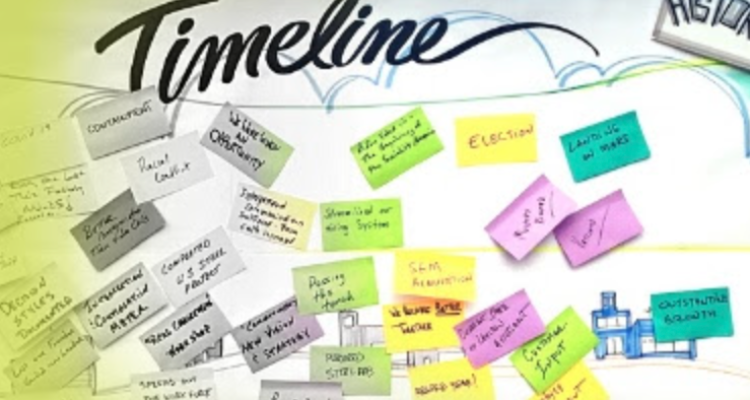Are you working toward a better—a more impactful, sustainable, and profitable—future for your business, product, or transformation?
Well…better futures don’t happen by accident; they happen by design.

Designing for the future requires BIG PICTURE THINKING, and whether you’re collaborating virtually, in-person, or a hybrid of the two, it’s important to choose the right design processes and tools. Experience and training have taught us that one essential method for supercharging your impact, imagination, and creativity is Visual Thinking.
WHAT IS VISUAL THINKING
Did you know that two-thirds of the population predominantly see words and thoughts as a series of pictures? That means about 70% of your team are visual thinkers!
Through every round of iteration, bringing Visual Thinking into the process will lead to smarter choices and actions

When your team is tackling a sticky problem, words alone won’t unlock your best creative thinking. If most of your team is thinking in pictures, then incorporating visual tools like concept maps, timelines, and graphic facilitation is essential. These tools will help everyone—even your primarily verbal thinkers—tap into their brain’s powerful visual processing center to uncover new ways of addressing the problem at hand.
Most call Visual Thinking “the mother of all design tools” because it is used in every stage of the imagination and design process. When we’re designing for better futures, we have to go one step further, towards imagination and visions of possible scenarios.
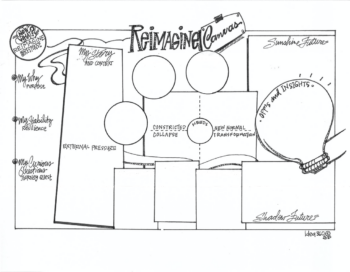
Imagining the future includes more unknowns than knowns, so we need new tools that help us empathize with our customers, define (and redefine) the problem at hand, ideate together, and create and test prototypes. Visual Thinking supports almost every process your team might use— design thinking, speculative futures thinking, or scenario planning and business storytelling.
Visual Thinking has a big “return on experience” (ROE) that enables people to develop an emotional connection to the work so they are compelled and inspired to take action toward a solution.
Visual Thinking Makes Clarity Possible

When we’re working to design better futures in our work and in our personal lives, we need to figure out how to free up short and long-term memory, follow threads of new ideas and hold the tension of how it is today and what it could be tomorrow.
We need to give our brains a way to deal with all of this COMPLEX stuff and produce creative insight.
Visual Thinking is the best way we know.
Sunni Brown says that “when the mind starts to engage with visual language, you get neurological access that you don’t have when you’re in a linguistic mode.”
To get to the bigger ideas we need to think outside of a google doc or a set of slides…we literally need to imagine a bigger picture.
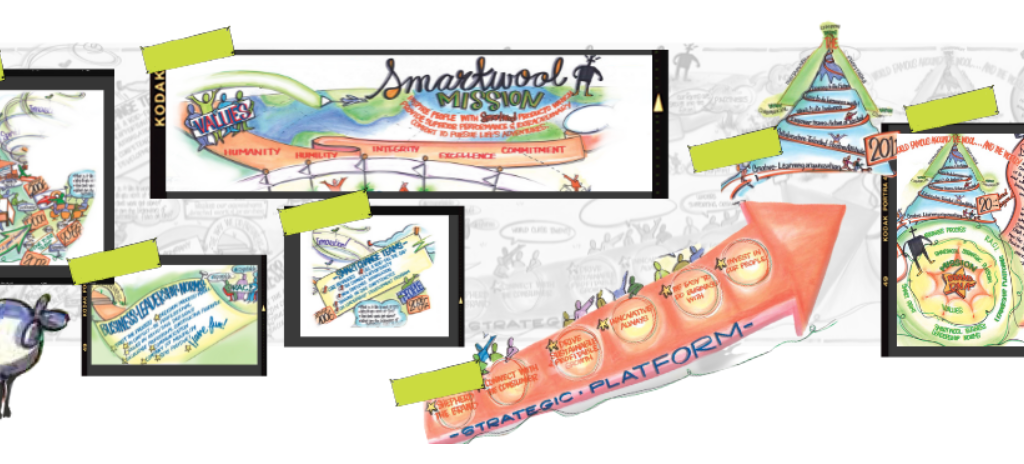
Designing for a better future can only happen if we amplify our capacity for cognition and creativity through Visual Thinking. Leveraging Visual Thinking is the key to “seeing” something that you haven’t seen before. It’s the single most important approach to designing a better future for your idea, team, product, and business.
The Power of a Shared Canvas
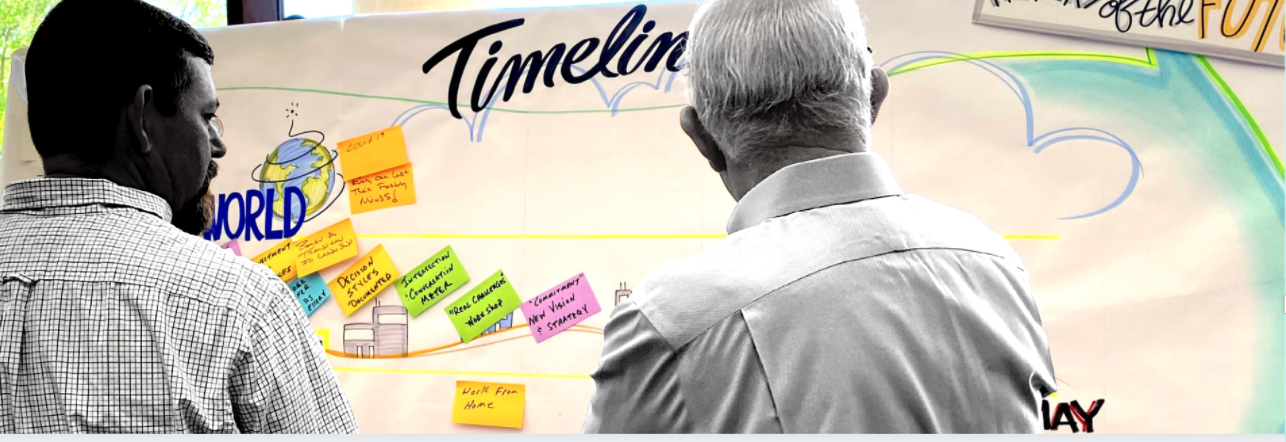
Visual Thinking tools bring pictures out of the minds of your client or team members and onto a shared canvas that everyone can see and interact with. Think of a shared canvas as any place or any way we can think together in a way that keeps minds open and ideas emerging. We think in text and pictures because they are the ways to get everyone on the same page, so they can see themselves on that page. The shared canvas expands the entire team’s capacity for creativity by fostering curiosity and inspiring a deeper connection to what’s possible. Your team can visualize—together—the new solutions that will propel your business into a more profitable future
Visual Thinking in the Virtual Space
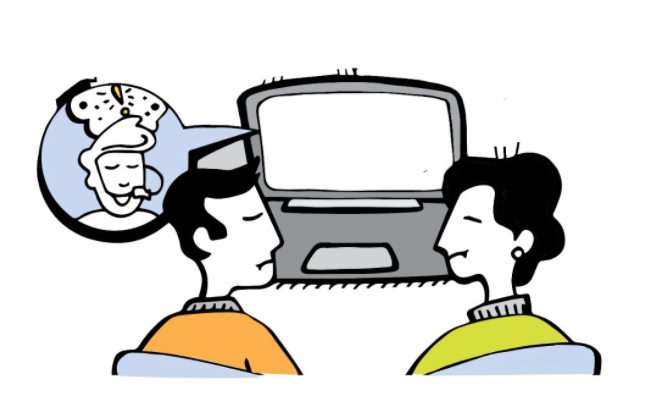
Virtual meetings have presented a new dilemma: How do we create a shared canvas when we’re not in the same room? Before the pandemic, we spent most of our time in shared meeting spaces with markers, whiteboards, smart boards, and flip chart paper at our fingertips and we could easily work with or index a thousand ideas. BUT in this online space, we’re only indexing 8-10 ideas, and when the Zoom meeting is over… POOF… all of the ideas are gone. All you have are your notes or a reference document. No shared canvas, no expanded thinking, no expanded capacity for creativity.
THIS IS A BIG DEAL when wicked problems need some wicked creativity.
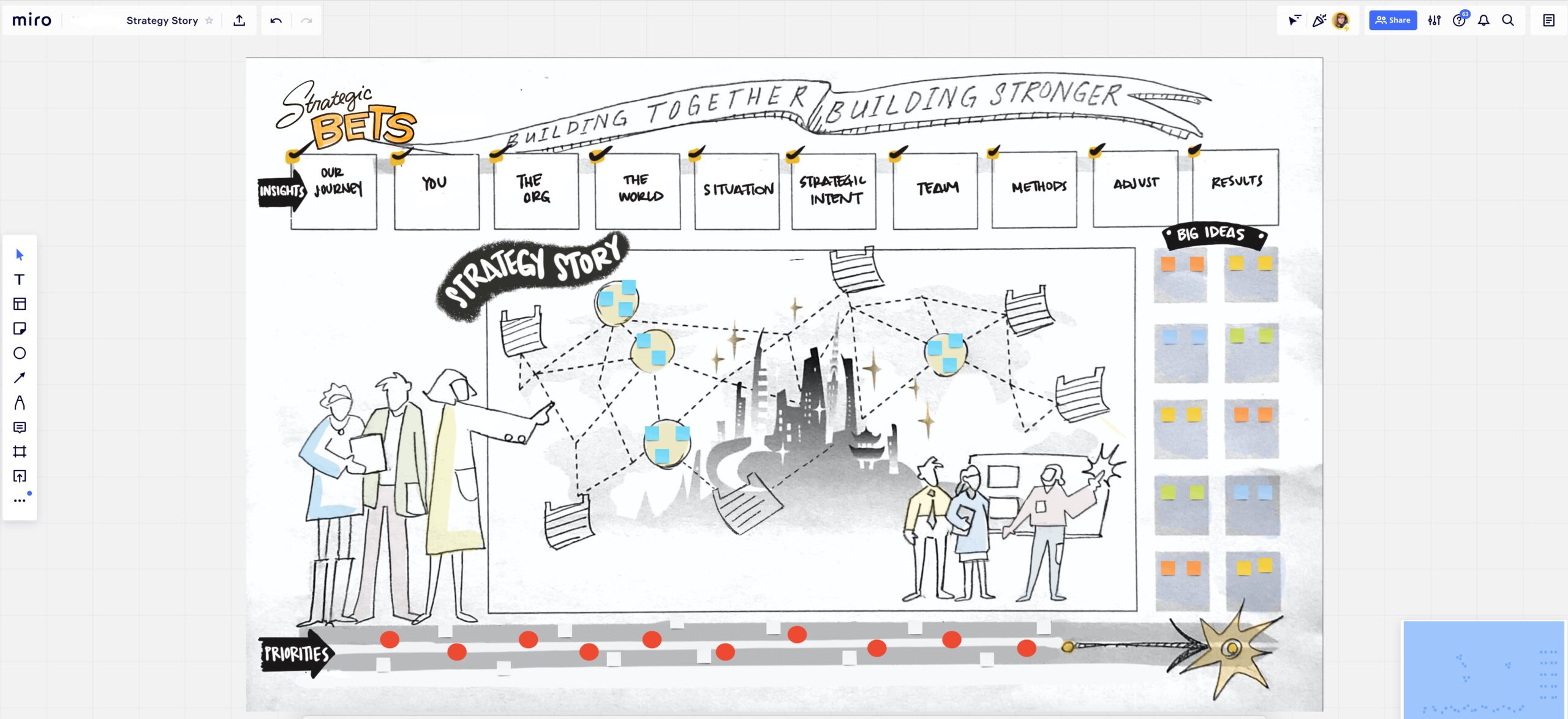
That’s why shared canvas tools like Miro, MURAL and TOPIA are essential in the online space. When used intentionally and thoughtfully, these platforms can be the answer to the digital dilemma, playing a pivotal role in leveraging Visual Thinking to design a better future.

Interested in creating immersive experiences that help your team imagine, collaboratively problem-solve, and design a better future through applied Visual Thinking?

